Wind Power Spray Painting Line
Wind power spray painting line is an automated or semi-automated equipment specially designed for the surface coating of wind power equipment (such as wind turbine blades, tower barrels, etc.).
Wind Power Spray Painting Line
I. Introduction
Wind power spray painting line is an automated or semi-automated equipment specially designed for the surface coating of wind power equipment (such as wind turbine blades, tower barrels, etc.). It can efficiently and evenly complete the workpiece primer, top coat spraying, to meet the wind power equipment in the harsh environment of long-term operation of anti-corrosion, anti-aging requirements.
II. Application Areas
Wind power spray painting equipment is specially used for surface painting of wind turbines, aiming at providing anti-corrosion, anti-rust and aesthetic effects. The following are its main application areas:
1. Wind turbine manufacturing
-
Blade Coating: Used for spraying protective paint on the surface of blades to enhance weather resistance and corrosion resistance.
-
Tower Tube Coating: Spraying anti-corrosion paint on the inner and outer walls of the tower tube to prolong the service life.
2. Wind farm maintenance
-
Regular Maintenance: For regular spraying of protective paint to prevent corrosion and aging.
-
Repair Coating: For repairing damaged coatings and restoring protective performance.
3. Offshore Wind Power
-
Anti-corrosion coating: used for anti-corrosion treatment of offshore wind power equipment to cope with high humidity and high salt environment.
-
Anti-fouling coating: used to prevent marine organisms from adhering and reduce the need for maintenance.
4. Other related fields
-
Wind power equipment components coating: used for gear box, generator and other components of the protective coating.
III. Technical Overview
1. Basic Principle
-
Through automated or semi-automated system, the coating is evenly sprayed on the surface of wind turbine to form a protective layer to enhance anti-corrosion, anti-rust and aesthetic performance.
2. Core process
-
Surface pretreatment
-
Cleaning: Remove oil, dust and other impurities on the surface of the workpiece.
-
Rust removal: remove rust and oxidized layer by sand blasting, shot blasting or chemical methods.
-
Sanding: Sand the surface to ensure flatness and enhance coating adhesion.
-
Dusting: Use compressed air or vacuum cleaner equipment to remove particles left on the surface.
-
Primer Spraying
-
Selection of primer: Select the appropriate primer (e.g. epoxy primer) according to the environmental conditions and anti-corrosion requirements.
-
Spraying construction:
-
Use spray gun or automatic spraying equipment to evenly spray the primer.
-
Control the spraying thickness, usually 50-100 microns.
-
Drying and curing: Cure the primer at room temperature or under heating conditions to form a solid base layer.
-
Intermediate coating (optional)
-
Function: Increase the thickness of coating, enhance the anti-corrosion and mechanical properties.
-
Construction method: Similar to the primer, evenly spray the intermediate coating.
-
Drying and curing: Make sure the intermediate coating is completely cured before proceeding to the next step.
-
Topcoat spraying
-
Topcoat selection: Select topcoat (e.g. polyurethane topcoat) according to aesthetic and protection requirements.
-
Spraying:
-
Spray the topcoat evenly with a spray gun or automated equipment.
-
Control the spraying thickness, usually 50-100 microns.
-
Drying and curing: The topcoat is cured at room temperature or under heated conditions to form a smooth and beautiful surface.
-
Curing and Drying
-
Natural curing: natural drying at room temperature, suitable for small workpieces or low temperature environment.
-
Heating curing: Curing is accelerated by infrared heating or hot air circulation to improve efficiency.
-
Waste recycling: Collecting and treating the waste materials generated during the spraying process to ensure environmental compliance.
IV. Technical Advantages
-
Adaptation to complex surfaces: High-precision spray guns and robots can adapt to complex surfaces such as wind turbine blades and tower barrels to ensure uniform coating thickness and realize full-coverage spraying.
-
Quick color change: the equipment supports quick cleaning and color change, reducing downtime and improving production flexibility.
-
Versatility: Holding a variety of spraying processes (such as air spraying, airless spraying, electrostatic spraying), adapting to the needs of different coatings and workpieces.
-
Environmentally friendly: water-based coatings with low VOC emissions and a coating utilization rate of over 95%, reducing pollution.
-
Efficiency: automated operation, reducing manual intervention, improving production efficiency and shortening coating cycle.
-
Customized design: Provide customized spraying equipment and solutions according to customer needs.
-
Flexible production: equipment can be quickly adjusted and adapted to different specifications and types of workpieces, improving production flexibility.
V. Development Trends
-
Large-scale: As the length of wind turbine blades increases, spray painting equipment also needs to be developed towards large-scale.
-
Intelligent: Adopt robots, artificial intelligence and other technologies to realize intelligent spraying.
-
Green environmental protection: develop low VOC, pollution-free environmentally friendly paint and spraying technology.
-
High efficiency and energy saving: optimize the structure of the equipment, improve the energy utilization rate, reduce operating costs.
Related products
-
Quick View
Water-cooled cabinet
Contact UsThe water-cooled cabinet condenser uses a water-cooled condenser, and the evaporator directly cools the air.
-
Quick View
FS-V-F240 Injection valve
Contact UsFS-V-F240 series drip-proof valve is suitable for direct injection of lithium battery which can efficiently avoid liquid dropping and hanging.
-
Quick View
Small Scale PE PP HDPE LDPE Films Bags Rigid Plastic Granulators Recycling Pelletizing Machine
Contact UsThis is multifunctional small plastic pelletizing line. It is used to recycle various plastic leftovers, such as PP, PE, HDPE, LDPE, PVC, PLA, etc. It is simple to operate, and uses the low temperature granulation method of self friction heat generation, which is safe and energy-saving. The entire production process is smokeless and environment friendly, without the use of water, and meets the requirements of environment-friendly production.
-
Quick View
OPTIMIZING CROSS CUT SAW MAXCUT F18S+SENSIT 005
Contact UsHigh speed optimization Timber cutting optimizing Cross-cut saw and precision cutting
Automation production line.

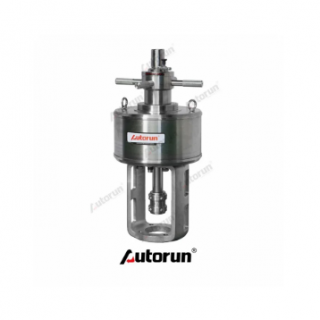
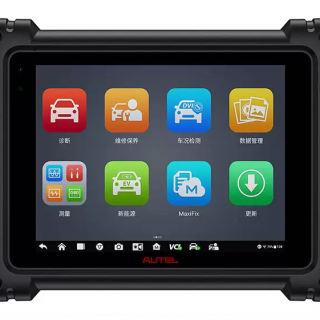
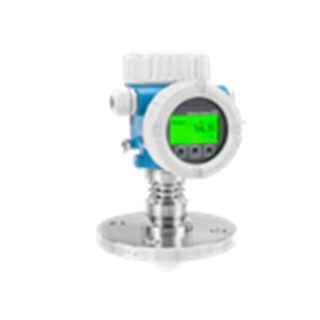
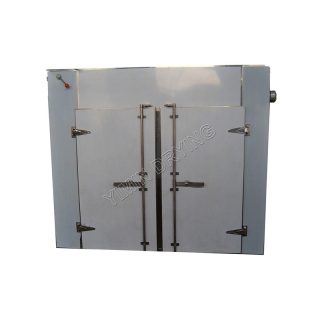
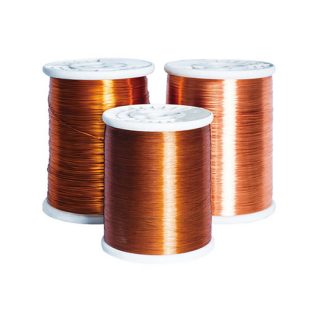
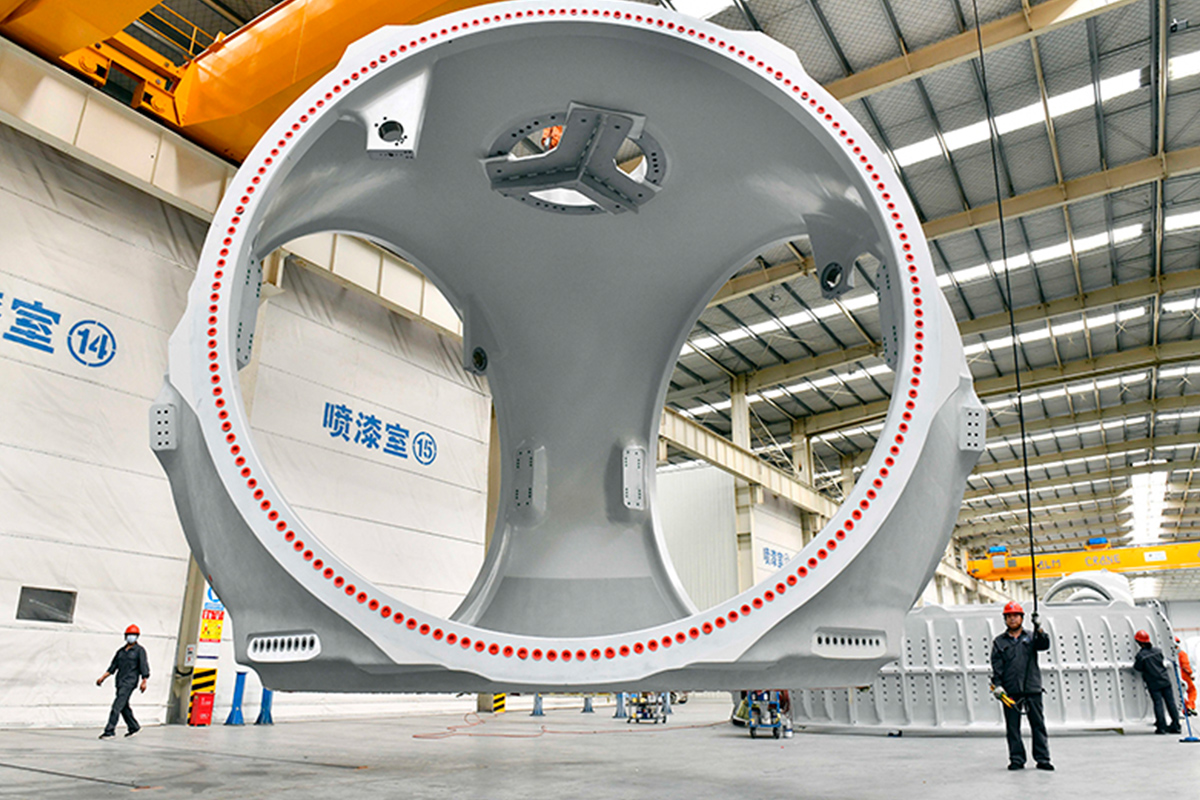
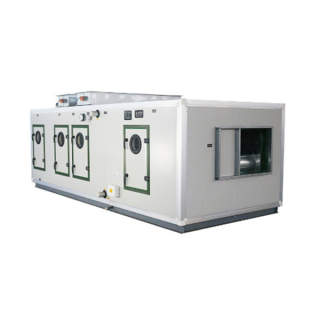
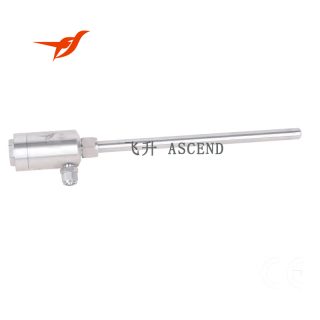
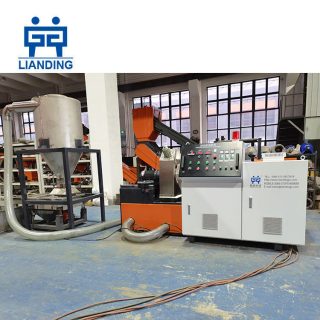
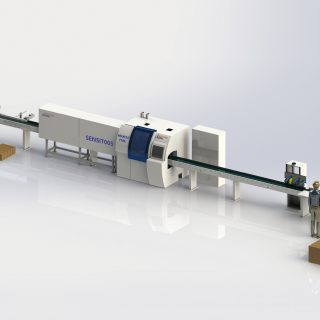
Reviews
There are no reviews yet.